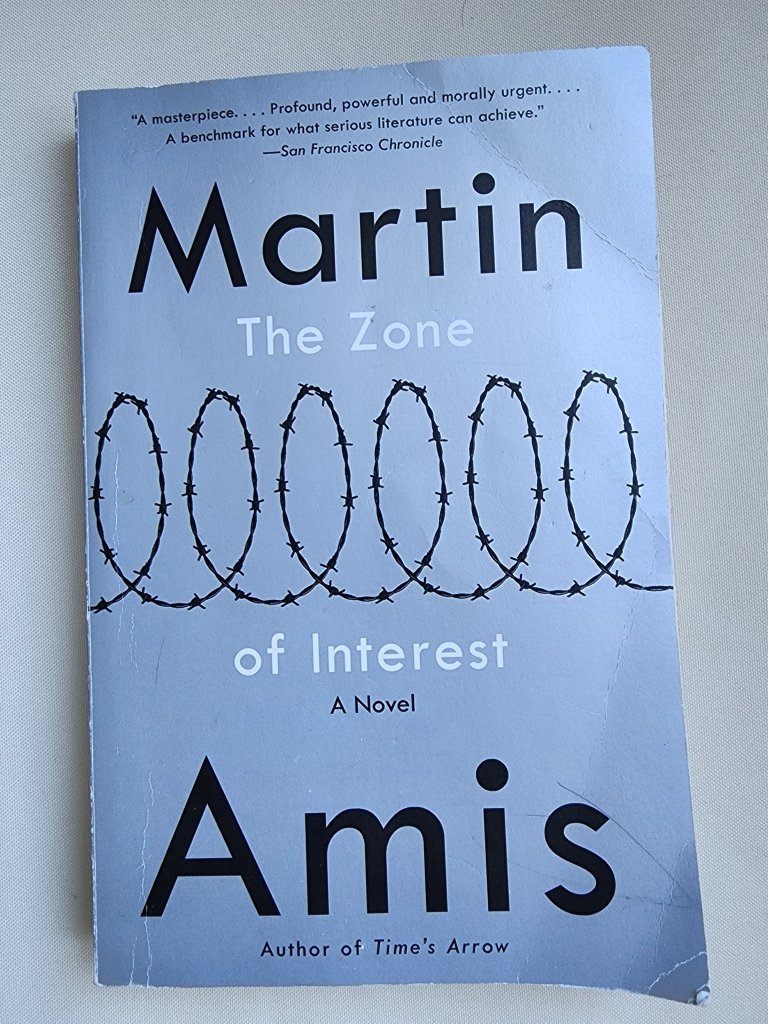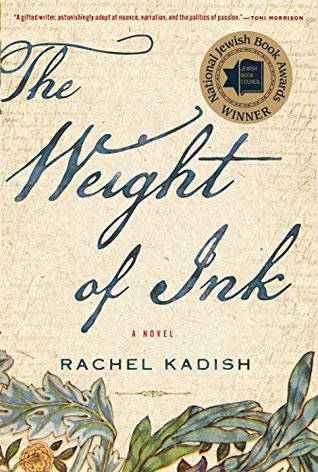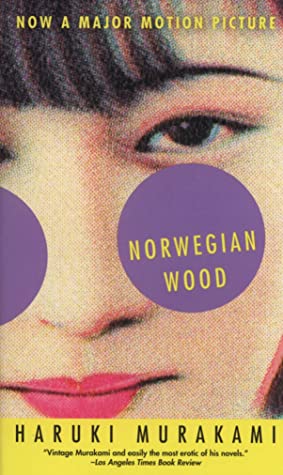Book Review

It took me quite a while to get around to reading Herzog. It has been sitting around in my personal library since 1985 when I purchased it in a used bookshop in Tulsa, Oklahoma. Since then, I and my books have moved around several times, but we have now finally come to rest in Louisville, Kentucky. Maybe we will be here a little bit longer. The book was published in 1964 and was awarded the National Book Award for Fiction. Bellow, himself, won the Nobel Prize for Literature in 1976.
I have been reading Bellow since the 1970s and for a long time considered him to be my favorite author. Until Philp Roth came along and then I was in this author’s thrall for many years and stopped reading Saul. Much to my detriment, I may add, but now I happily return to Saul Bellow in this wonderful book, Herzog.
Herzog is a classic novel that explores the existential crisis of a middle-aged man who is dissatisfied with his life. The protagonist, Moses Herzog, a middle-aged intellectual living in Chicago is a writer and a thinker, grappling with personal and philosophical questions and writes letters to various people, both living and dead, as a way of coping with his failures and frustrations. The novel is a rich and complex portrait of a man who is searching for meaning and identity in a chaotic and absurd world. It is also very funny.
As I read this story, I couldn’t help but relate to the main character, Moses Herzog. His story deeply resonated with me, and I felt it was a bit synchronous with my own life. For example, Moses had lived in a small town in Massachusetts near Pittsfield. I lived in a small town near Pittsfield. Moses has an affair with a woman in New York while living and teaching in Philadelphia. I lived in Philadelphia and was having an affair with a woman from New York. Like Moses, I would travel back and forth between the two cities. Moses at one time had an Asian girlfriend. I was married to a Korean woman for 14 years. Moses was going through a second divorce as he tried to sort out his life and survive a midlife crisis. Been there, done that. And finally, at lot of the action takes place in Chicago, a city I love and adore.
One of the central themes of Herzog is identity. Moses Herzog is a character deeply rooted in his own sense of self, and the novel examines how he grapples with this identity in the midst of personal and societal turmoil. Herzog’s journey is marked by his attempts to make sense of his failed marriages, his complex relationships, and his role as a father. His introspection on his own identity is similar to the search for meaning that many other individuals undertake in their lives.
Spirituality is another significant theme in Herzog. The novel raises questions about the nature of faith and belief. Herzog’s exploration of spirituality is a deeply personal one, as he grapples with the concepts of God and meaning. He is a secular man, yet he contemplates the existence of a higher power and the role of religion in human life. This internal spiritual journey is one that many people undertake in their search for purpose and transcendence.
Saul Bellow’s prose is rich and thought-provoking. He skillfully weaves together Herzog’s reflections with vivid descriptions of the world around him. Bellow’s writing captures the essence of the mid-20th century and provides a snapshot of American society at the time, with its cultural and intellectual upheavals.
The character of Moses Herzog himself is a complex and deeply human protagonist. He is flawed, struggling, and as I said earlier deeply relatable. His journey of self-discovery and reflection makes Herzog a timeless tale that continues to resonate with readers today. It did with me.








